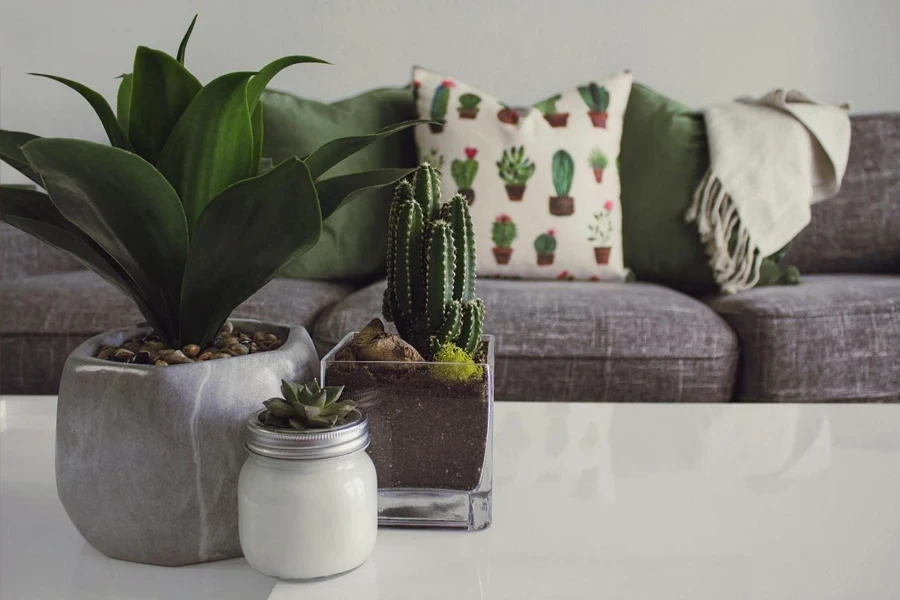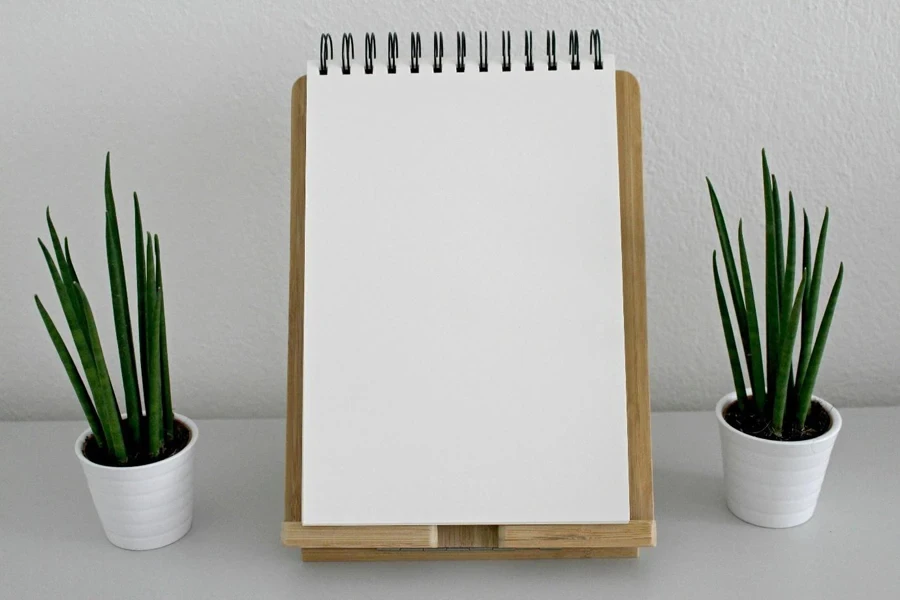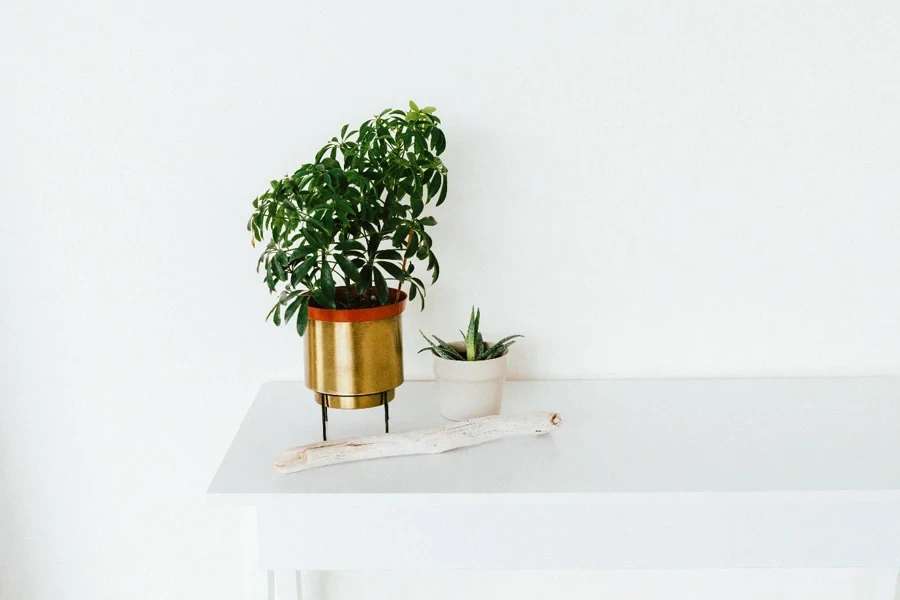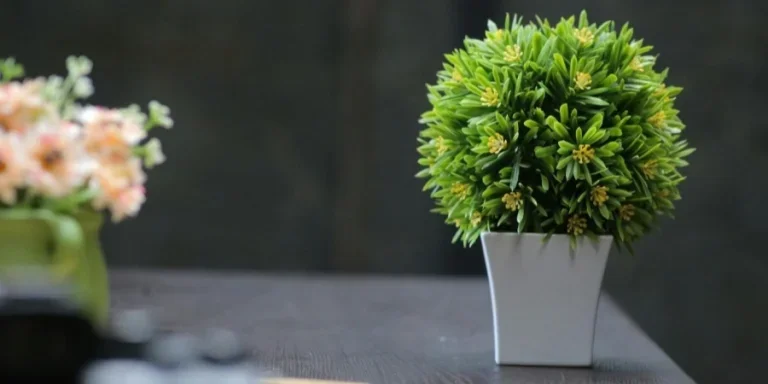Table of Contents
● Introduction
● Market overview
● Different types of artificial plants and greenery
● Things to consider when selecting products
● Conclusion
Introduction

Artificial plants have gained popularity in sprucing up outdoor areas thanks to their ease of care and authentic look and feel. The demand for these decor pieces is rising due to progress in design and technology. An array of artificial options, including silk, plastic, foam, preserved, and blended varieties, cater to a range of aesthetic and practical preferences. Choosing the right artificial plants entails considering intent, design, upkeep, cost, and standard factors. This comprehensive guide delves into the plant industry, providing useful insights for selecting top-quality products.
Market overview

Market growth and scale
The market has been influenced by the rising demand for plants, with a value of USD 0.82 billion in 2023 and expected to climb to USD 1.51 billion by 2032 at a compound annual growth rate (CAGR) of 4.18%. The growth is due to technological advancements and a growing interest in easy-to-maintain decor choices, such as artificial plants that offer enhanced realism, affordability, and diverse styles suited to various aesthetic preferences.
Regional insights
Perspectives indicate that North America boasts a significant portion of the market share owing to its advanced manufacturing technologies and the presence of key industry players in the sector. The European region closely follows suit, with consumption levels observed in nations such as the United Kingdom and Switzerland. Considerable growth is expected in Asia, primarily driven by increasing incomes and a rising interest in festive decorations. To strengthen their market presence, the key players in this sector are concentrating on innovating their products, forging strategic alliances, and expanding their distribution networks.
Different types of artificial plants and greenery

Silk plants
High-quality silk plants are meticulously made using weaving methods that mimic the detailed patterns of real plant life by utilizing premium polyester or silk fibers. To ensure sturdiness and shape preservation of the leaves and petals, wire cores are often incorporated to add flexibility. Furthermore, UV-resistant coatings are applied to maintain their look by protecting them from discoloration caused by exposure to light. Regular maintenance involves dusting them with microfiber cloths or using compressed air to keep their delicate textures intact.
Plastic plants
Plastic plants are made from materials such as polyvinyl chloride (PVC) and polyethylene (PE), which are known for their durability and flexibility in design. They use injection molding methods to craft textures that resemble real leaves and stems. Premium artificial plants include UV protection and fade-resistant additives for lasting quality outdoors. To clean these plants effectively, use water with detergents and air dry to avoid water stains.
Foam plants
Foam plants use polyurethane or polystyrene foam as the ingredient to craft lightweight and durable plants for various purposes. They often apply latex coatings or other synthetic materials to boost longevity and improve the tactile feel. Specialized tools are employed for cutting and shaping to create intricate leaf patterns with pigments for lifelike colors. These foam creations are perfect for do-it-yourself projects because of their flexibility and diverse styles.
Preserved plants
Preserved plants use a preservation method that substitutes the plant’s original sap with a glycerin-infused solution to keep the plant flexible and natural for a long time. The preservation process also involves applying dyes to revive or improve the plant’s natural hues to keep them lively. These plants are perfect for areas shielded from direct sunlight and moisture; they don’t need watering or trimming.
Blended plants
Blended plants consist of materials like silk and plastic and elements like real wood branches woven seamlessly to create a lifelike look using techniques like thermal bonding and high-quality adhesives for durability and realism. The leaves are carefully printed with a silk screen to achieve vein patterns, while the stems and branches are crafted using molded plastics or metal wires to ensure sturdiness and structure. To make these plants last longer, they are treated with special coatings that protect against UV rays and prevent fungal growth in settings and conditions.
Things to consider when selecting products

Purpose and placement
When choosing plants for your space, it’s important to consider where and how you plan to use them first and foremost. For inside spaces, go for realistic plants made of high-quality silk or preserved natural materials. If using them outdoors, use polyethylene or polyvinyl chloride to withstand sunlight without fading or damage. Decide what purpose you want the plant to serve, whether for privacy screening decoration or as a focal point. This will help you pick the right size, shape, and type. One way to spruce up a room is by incorporating faux trees to create height and occupy vacant corners; in contrast, smaller plants in pots can brighten up workspaces and display areas.
Style and aesthetics
Artificial plants should match the decor in style and appearance to blend well with the surroundings of space by choosing sleek and simple designs like artificial succulents or ferns crafted with intricate details to mimic real plants through advanced molding techniques. At the same time, in traditional or rustic settings, opt for lush and detailed options such as ivy or flowering plants embellished with hand-painted touches for a natural feel and look. Including textures, like silk screen leaves and varied shading, can elevate the overall visual charm of the artificial greenery in any setting. Mixing kinds and sizes of plants can give a room a livelier and more organic appearance that effortlessly complements the space’s color scheme and overall theme.
Maintenance and care
Different types of plants need different levels of care based on what they are made of. Silk plants look lifelike and delicate and should be dusted gently with a microfiber cloth or lightly vacuumed with a brush attachment. Plastic plants from sturdy materials like UV-treated polyethylene can be cleaned using a mild detergent solution and water. Wipe them dry to avoid water spots. Foam plants are simple to shape and keep clean as they have protective coatings, like latex; just dust them occasionally.
Budget
When choosing plants for your space, you should factor in the budget as it plays a key role in decision-making. High quality. Preserved plants that undergo treatments like glycerin preservation and hand painting tend to be pricier. They boast exceptional realism and can last longer. On the side, options like plastic and foam plants are usually more budget-friendly while offering decent durability and aesthetic appeal. Striking a balance between cost and quality is crucial when deciding which type of plant to go for based on your specific needs and preferences. Opt for high-quality plants that are UV-resistant to avoid the hassle of frequent replacements caused by fading or weather-related wear and tear. This way, you can save money over time.
Quality and features
Ensuring that artificial plants appear realistic and durable is essential for their quality and longevity. When selecting plants to purchase, consider important technical aspects, such as incorporating UV inhibitors in outdoor plants to prevent color fading. Additionally, high-quality silk or polyester fibers should mimic the details found in real leaves and petals. Inspect for features like flexible wire stems, customization and shaping, and weighted bases, providing stability. Artificial plants may find anti-fungal treatments to prevent mold growth, especially in environments with high humidity levels. Ensuring these characteristics are in place can ensure that the plants look good and work well for a time to come, leading to a higher return on investment.
Conclusion

Artificial plants provide a hassle-free way to spruce up indoor and outdoor areas with various choices available, such as high-quality silk or preserved plants and durable plastic and foam options, for businesses to choose from based on their unique requirements and design tastes. Using materials and production methods guarantees that these artificial plants appear lifelike and offer enduring attractiveness with little maintenance needed. Businesses can design welcoming and aesthetically pleasing settings by choosing artificial foliage options for their spaces, with minimal upkeep required.




